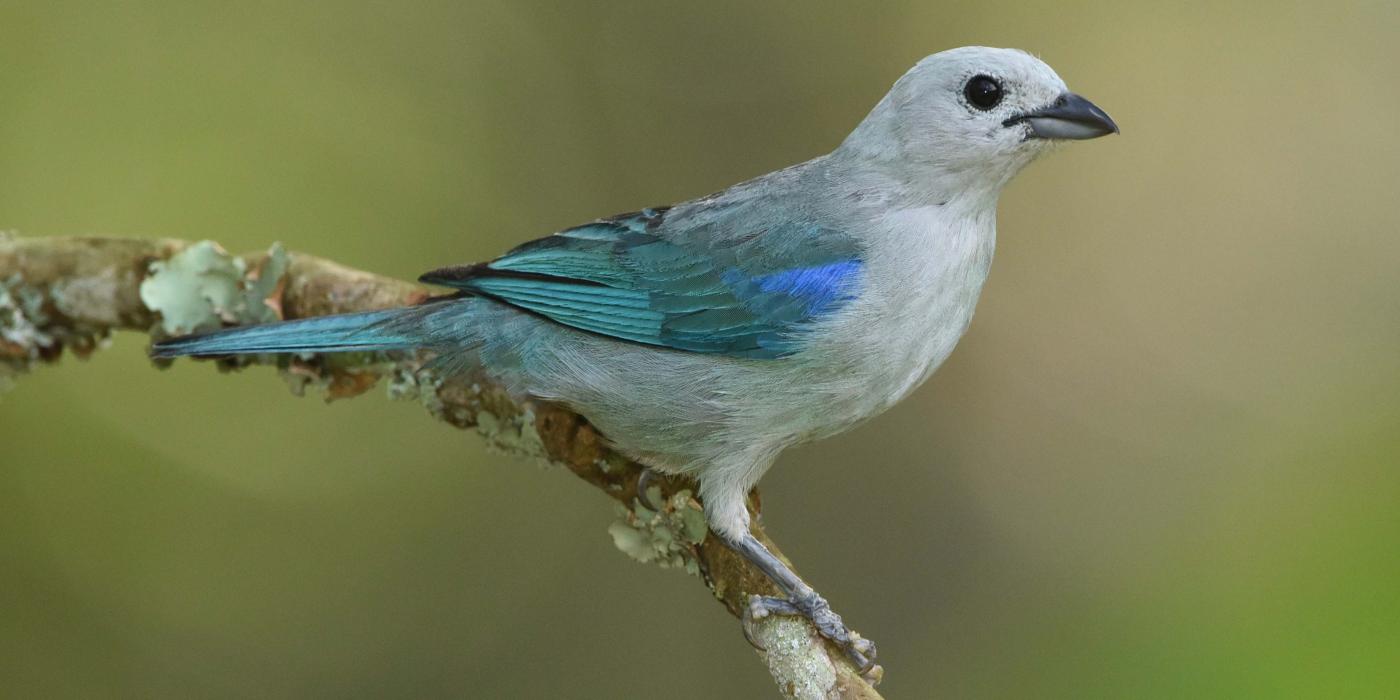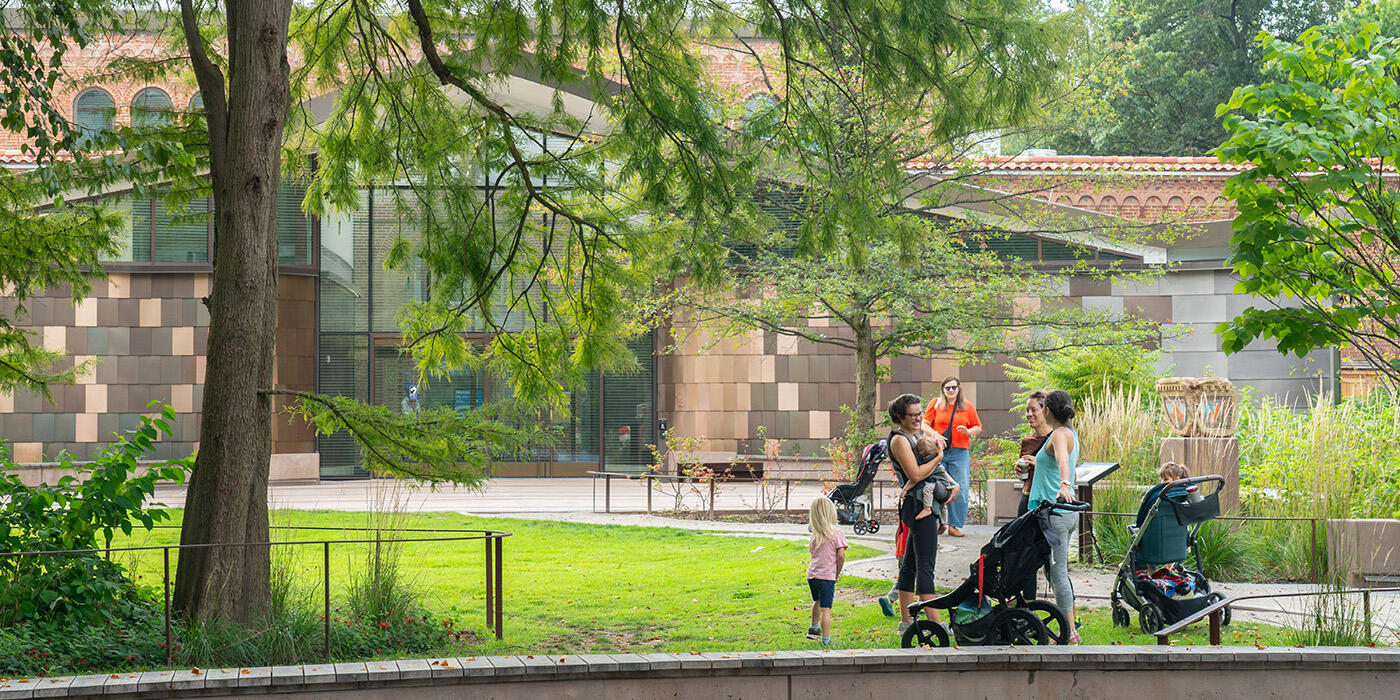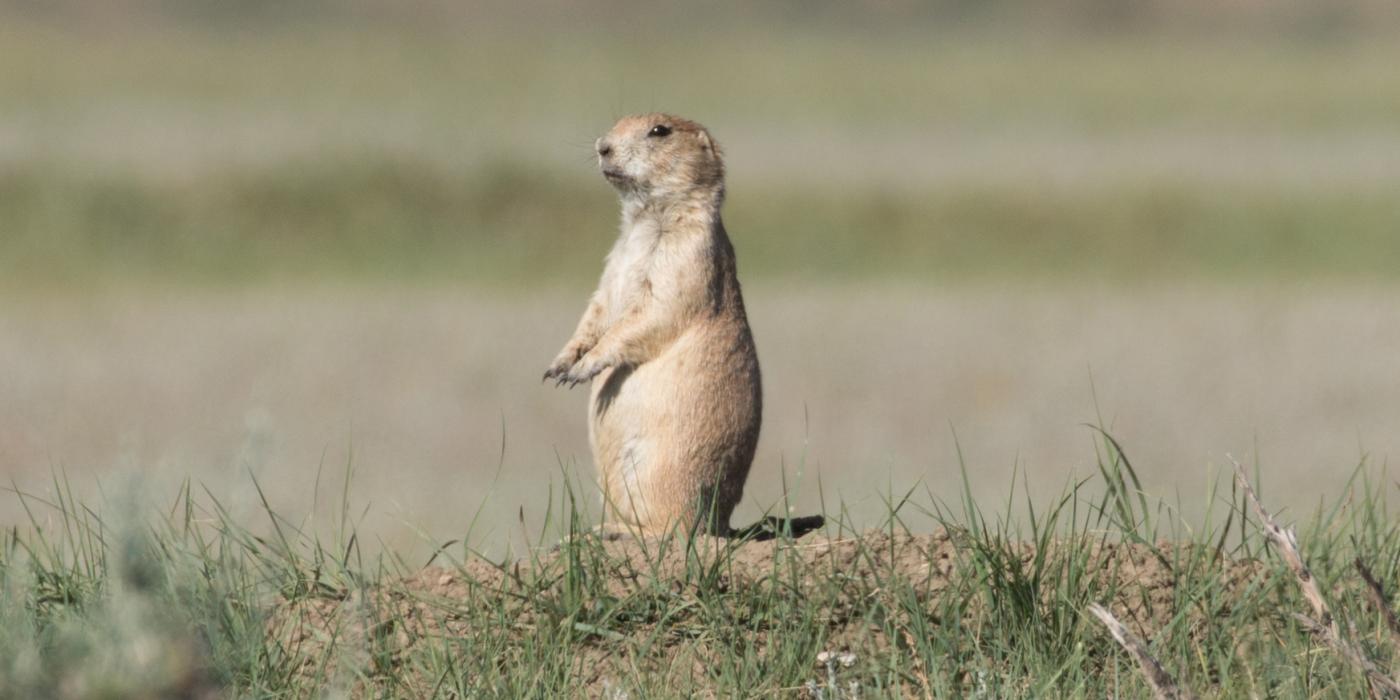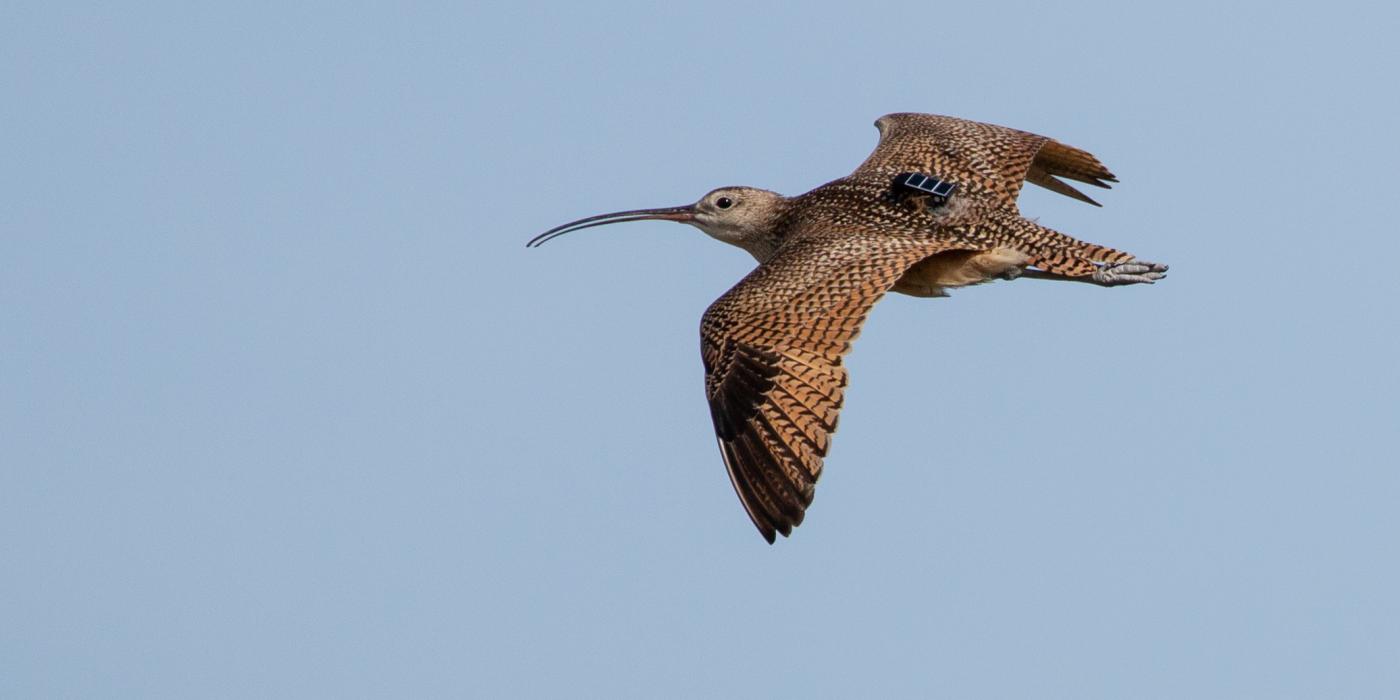Made in the Shade: Bird-Friendly Coffee
After days of non-stop flights and weeks of travel, a weary Canada warbler touches down on a Cecropia tree in Peru, ready to gorge itself on insects. These trees, like all the native species, have co-evolved with migratory birds, who rely on the sustenance they provide to restore fat reserves lost during their long journey to the wintering grounds. And, Cecropia species are quite common in shade coffee systems. As part of the Bird-Friendly Coffee initiative, Smithsonian Migratory Bird Center geographer Robert Rice and partners are gearing up to find out which trees in shade coffee farms supply the most food resources for birds.
“Ecologically, the more diverse complex of trees a farmer has on his or her coffee plantation, the greater diversity of life he or she can support,” says Rice. “We happen to be focusing on birds for this study, but a whole array of mammals, amphibians, invertebrates and so on undoubtedly benefit from having a variety of food options at their disposal. The question is: which trees are supplying the best resources? We have never done a study like this before, so knowing this information will help us advise coffee growers about which trees can enhance the ecological health of these managed habitats, making them even more attractive to wildlife.”
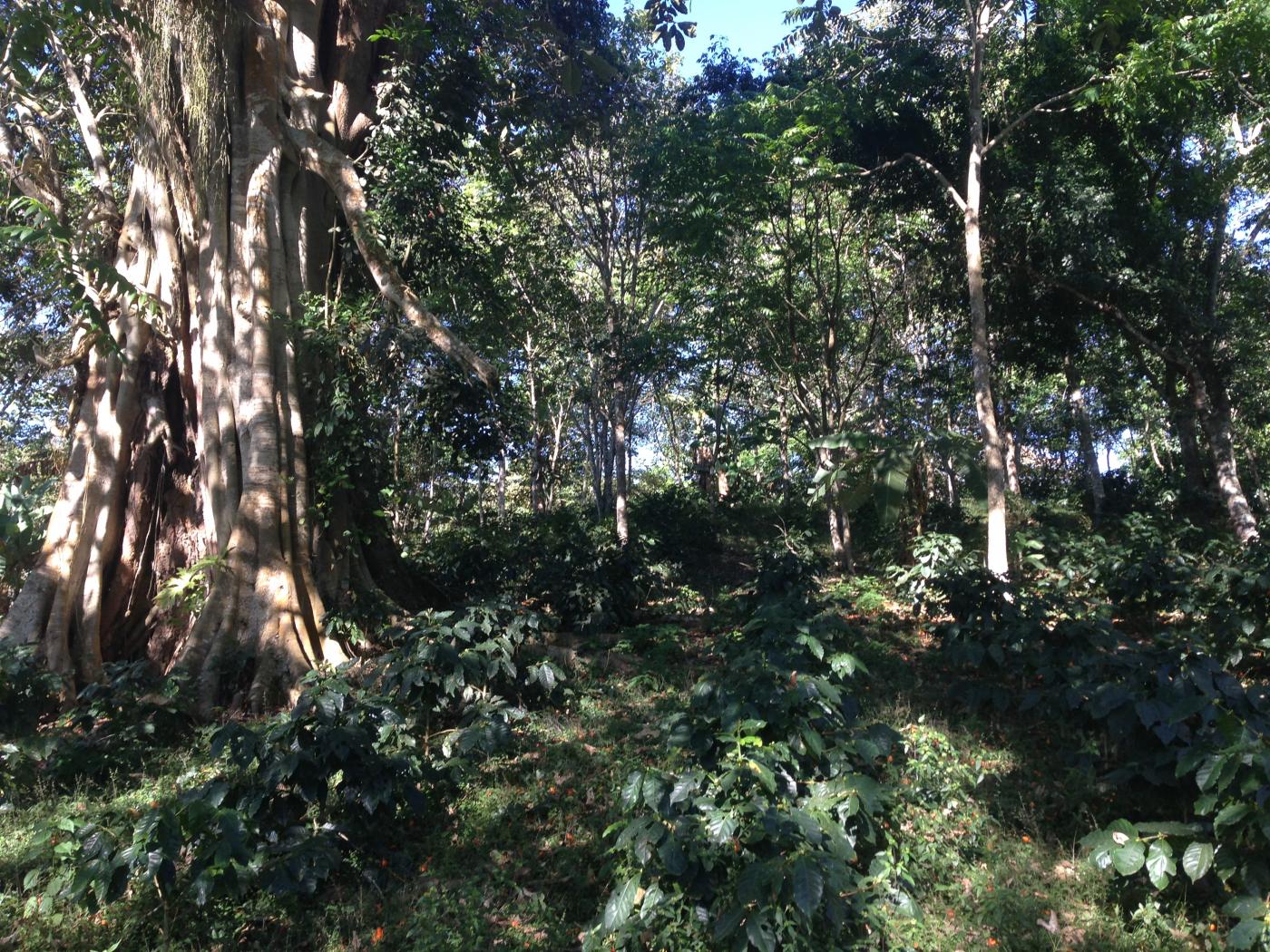
The number of insects supported by trees varies greatly depending on the tree species. In the temperate forests of North America, Redbud and Tulip Poplar trees, for example, support approximately 20 species of insects each. Compare that with oak trees, which support more than 550 different insects—a far more appetizing spot for a hungry bird to land.
In previous studies by others, when scientists wanted to know which species of insects took up residence in trees, they would fog the tree with insecticide and catch the fallen insects in a net, noting the number and species. Rice and colleagues will ensnare their specimens using a friendlier method. They will place a net beneath a branch and shake or beat the limbs in such a way that the insects fall securely into the net. Once the scientists have finished counting their bounty, the bugs are set free.
The project will also be looking at the various fruits from shade trees that provide the most caloric value (energy) to birds. The goal is to determine which trees serve as the best “bird feeders” in these shade coffee system.

